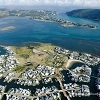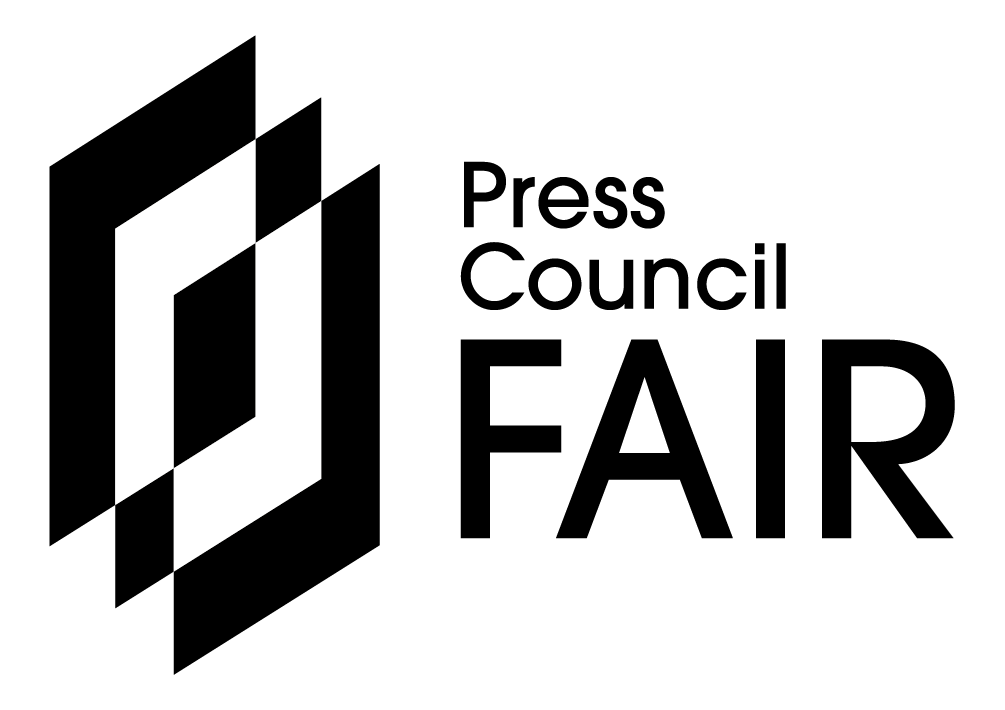NATIONAL NEWS - Enhancing capacity to mitigate the effects of climate-related disasters and other systemic challenges is at the fore of the Western Cape provincial government’s two-day summit.
Held at the Marriott Hotel Crystal Towers in Century City, the Disaster Resilience Summit unites leaders from government, academia, municipalities, and the private sector to collaboratively develop practical, locally relevant solutions for building resilient communities.
Opening the event on Tuesday in partnership with Santam, Anton Bredell, the Western Cape MEC for Local Government, Environmental Affairs, and Development Planning, emphasised the need for urgent action.
“We must shift decisively from reactive disaster management to proactive risk reduction. That is our task, and that is our responsibility.
“Resilience planning allows us to anticipate risks rather than merely respond to them after the fact,” said Bredell.
The MEC also pointed to compelling international evidence underscoring the economic and social value of resilience investments.
According to the World Bank, every US$1 invested in making infrastructure disaster-resilient in developing countries saves an estimated US$4 in avoided economic losses.
In addition, the Global Commission on Adaptation has found that strengthening early warning systems can reduce hazard-related damage by up to 30%.
“When we invest in anticipatory action and stronger social safety nets, communities recover faster and emerge stronger,” Bredell added.
The MEC believes that the summit is an important milestone in the province’s efforts to promote a comprehensive disaster risk reduction agenda.
This agenda aims to ensure that the Western Cape is better equipped to handle climate risks, protect livelihoods, and safeguard vulnerable communities.
This initiative is aligned with this year’s International Day for Disaster Risk Reduction on 13 October, which carries the global theme: “Fund Resilience, Not Disasters.”
The summit’s programme focuses on five key areas, including climate risk and infrastructure resilience, integrated disaster risk management and early warning systems, community-based adaptation and social resilience, governance, financing and institutional readiness, as well as data, innovation, and digital resilience tools.
These will be explored through high-level panels, technical workshops, and a marketplace of municipal innovations showcasing practical solutions.
Head of Department for Local Government, Graham Paulse, highlighted the province’s collaborative approach.
This summit is not just a conversation – it’s a commitment to action. We are here to identify implementable projects that will make our municipalities safer, smarter, and more responsive.”
Head of Strategy and Investor Relations at Santam, Thabiso Rulashe, reaffirmed the role of partnerships and said building resilience is a shared responsibility that requires an all-of-society approach.
“As South Africa’s leading general insurer, we are committed to working alongside government and municipalities to close existing gaps, strengthen local capacity, and support practical initiatives such as our Partnership for Risk and Resilience programme, which has already reached more than 29 million people since 2012,” Rulashe added.
The summit is expected to deliver a practical set of outputs, including case studies, policy recommendations, and investment pathways, that will inform future planning, budgeting, and programme design at provincial and municipal levels. – SAnews.gov.za
‘We bring you the latest Garden Route, Hessequa, Karoo news’
















